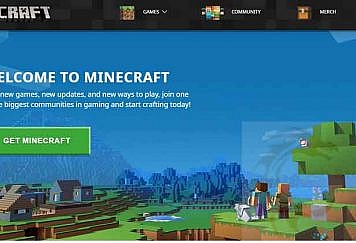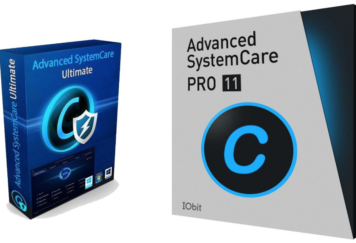Patient engagement is a critical aspect of modern healthcare; the dental industry is no exception. Dental practices can significantly benefit from leveraging dental software to enhance patient engagement, which, in turn, can lead to improved Revenue Cycle Management (RCM). Let’s explore how dental software can contribute to better patient engagement and, consequently, more efficient RCM.
1. Streamlined Appointments and Reminders
One of the primary functions of dental software is appointment scheduling and reminders. By implementing an efficient dental management system, dental practices can streamline the appointment booking process, making it easier for patients to find a convenient time for their dental visits. This convenience encourages patients to adhere to their appointments, reducing no-shows and last-minute cancellations.
Automated appointment reminders are another key feature of dental software. Patients appreciate these reminders as they help them stay on top of their appointments, minimizing the chances of missing or forgetting them. The result is a reduction in lost revenue due to missed appointments and better RCM for the dental practice.
2. Patient Portals for Easy Access to Information
Dental software often includes patient portals where patients can access their dental records, treatment plans, and financial information. This level of transparency and accessibility fosters patient engagement, as individuals can stay informed about their treatment progress and financial obligations. Patients can also update their personal information, insurance details, and medical history through the portal, reducing the risk of administrative errors and enhancing RCM.
Moreover, the patient portal allows for secure communication between patients and their dental care providers. Patients can ask questions, request appointments, or even share documents, such as X-rays or insurance claims, electronically. This two-way communication is essential for addressing patient concerns, fostering trust, and ensuring that RCM processes are efficient.
3. Enhanced Communication and Education
Dental software can facilitate patient education by providing access to educational materials, videos, and interactive content. Patients can learn about their dental conditions, treatment options, and preventive care practices through these resources. This education not only empowers patients to make informed decisions about their oral health but also encourages them to engage more actively in their treatment plans.
Effective communication tools within the software enable dentists to discuss treatment options with patients, answer their questions, and address concerns. The ability to present treatment plans and associated costs in a clear and concise manner enhances patient understanding and trust. Patients are more likely to proceed with recommended treatments when they are well-informed, which directly impacts RCM by increasing treatment acceptance rates.
4. Efficient Insurance and Billing Management
One of the significant challenges in dental RCM is managing insurance claims and billing. Dental software can simplify this process by integrating with insurance carriers and automating claim submissions. It reduces the administrative burden on the dental staff and minimizes errors in claim processing, ensuring that the practice receives prompt reimbursement.
Additionally, dental software can generate clear and easy-to-understand electronic invoices for patients. Patients can view their bills in the patient portal, making it convenient for them to understand their financial responsibilities. This transparency and ease of access reduce disputes and payment delays, ultimately improving the RCM of the practice.
5. Feedback and Reviews
Patient feedback is invaluable for dental practices seeking to improve their services. Dental software can facilitate the collection of patient feedback through automated surveys and review requests. Practices can use this feedback to identify areas for improvement, enhance patient experiences, and build a positive online reputation. Positive online reviews and ratings can attract new patients to the practice and boost its online visibility.
6. Telehealth and Remote Consultations
The advent of telehealth technology has further enhanced patient engagement in dental care. Dental software can integrate telehealth features, allowing patients to have remote consultations with their dentists. It is especially valuable for patients who may have difficulty visiting the dental office in person, such as those with mobility issues or a reluctance to travel.
Conclusion
Dental software plays a pivotal role in enhancing patient engagement and, consequently, improving Revenue Cycle Management in dental practices. Through streamlined appointment scheduling, patient portals, educational resources, efficient insurance and billing management, feedback collection, and telehealth capabilities, dental software empowers both patients and dental professionals to create a more patient-centric and efficient healthcare environment. By investing in dental software that prioritizes patient engagement, dental practices can expect to see not only improved patient satisfaction but also better financial outcomes.
Follow TechStrange for more!





